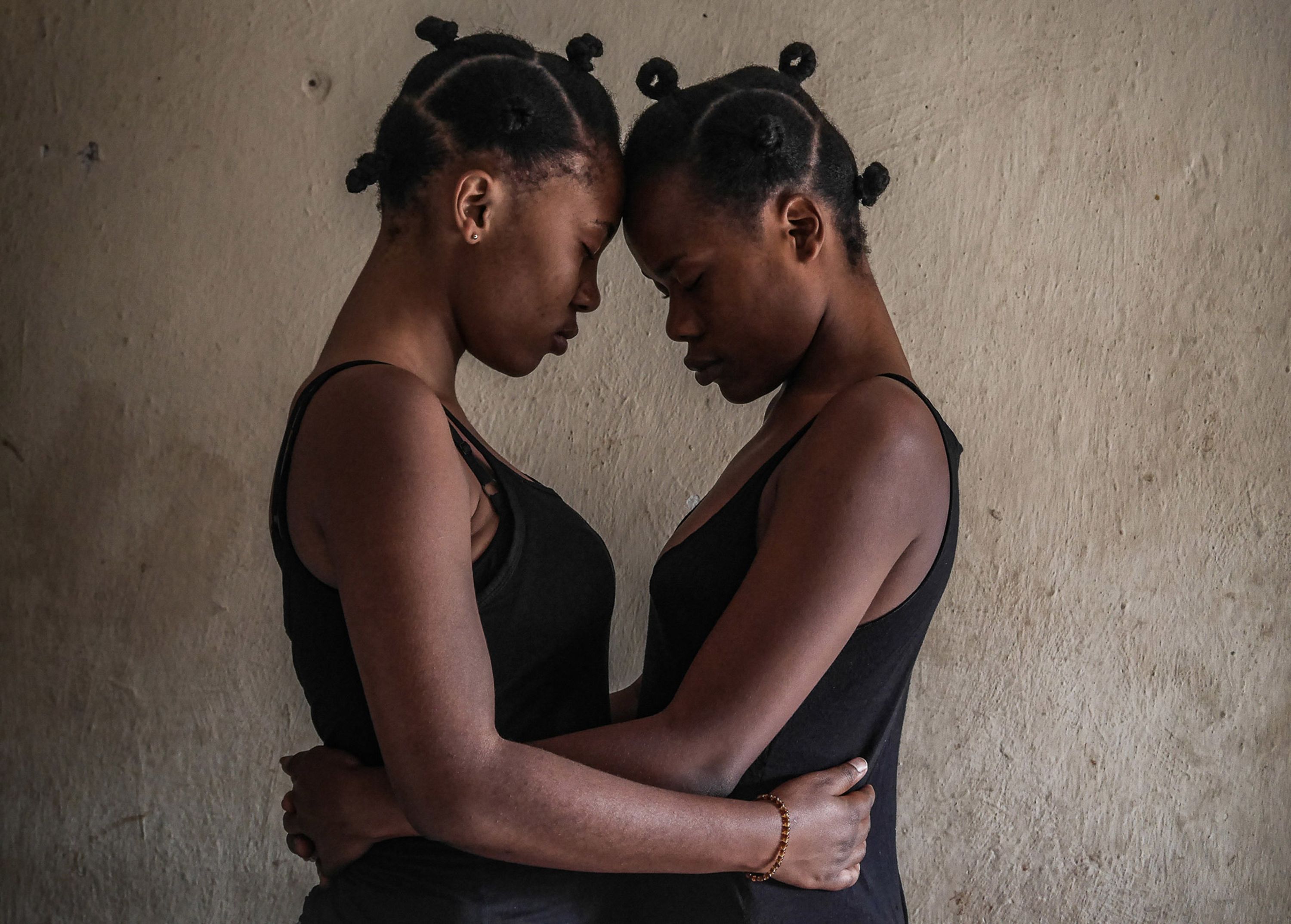Editors Note: This story is part of As Equals, CNN's ongoing series on gender inequality. For information about how the series is funded and more, check out?our FAQs.
This year, As Equals, CNN's global gender reporting team, has endeavored to resist reactionary reporting. We've slowed right down. Our journalism has sought not just to report or describe what is happening to women and gender non-conforming people around the world, but to explore why various oppressions and inequalities persist — and why, in some cases, they are getting worse.
Photography has been an essential tool for us in doing this work, but in an image-saturated world, and in industries — journalism and, more specifically, photojournalism — that are still dominated by men, it is important to continue to question what it is we need to see and who gets to capture the world that we see.
This photo gallery, produced in collaboration with Women Photograph, helps to broaden what we think of as news stories worth telling, and gives a platform to more women storytellers and image makers.
As the year draws to a close, I hope these stunning images, and the captions in the photographers' own words — edited for brevity and clarity — will help you reflect on not just the pain and struggle of 2021, but also the moments of joy and the beauty that were also always present.
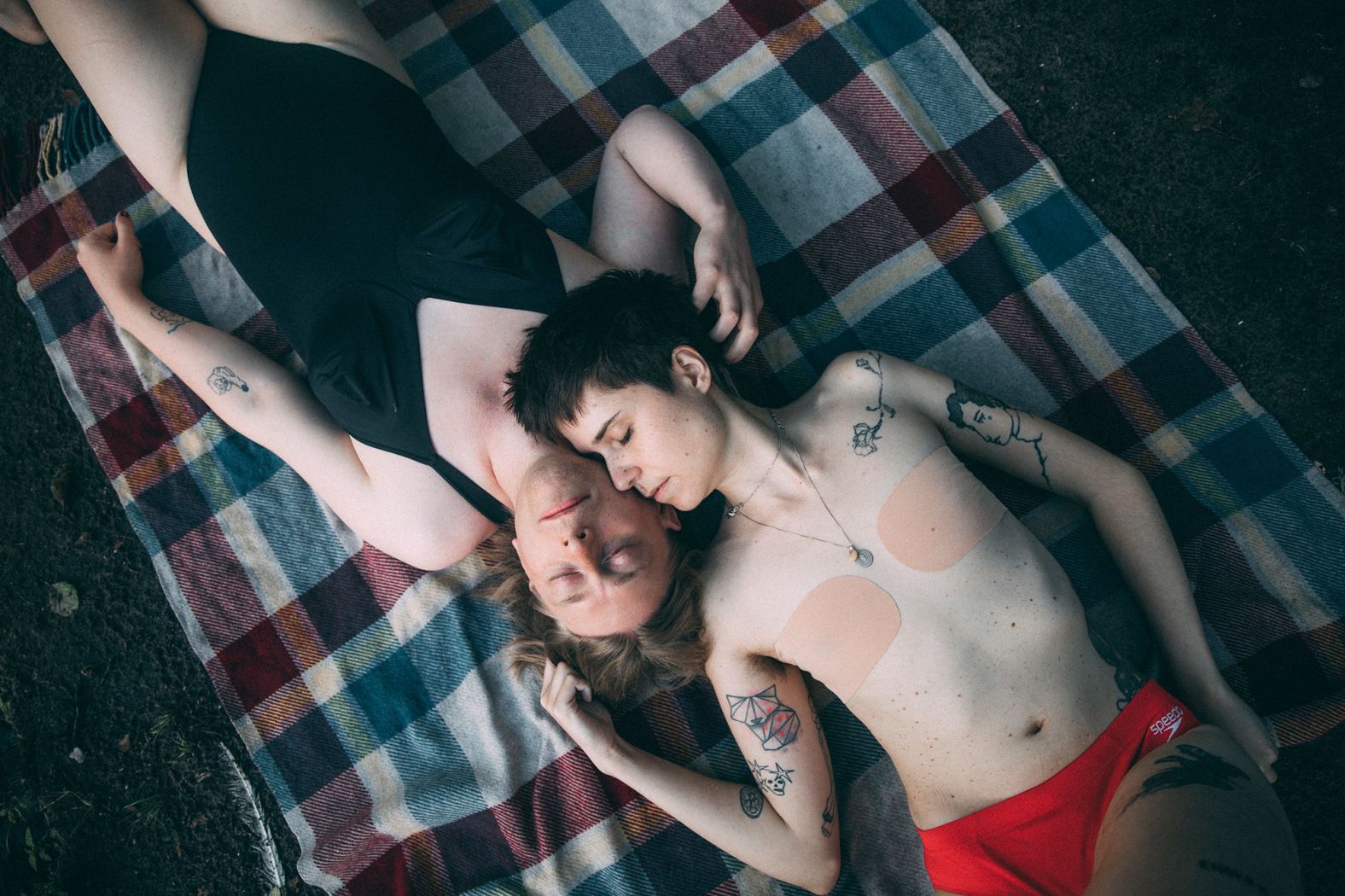
'The life of trans people is so invisible in public. And most of the stories that do reach a wider audience are about loneliness and pain,' Max said. So, I aimed to show their relationship outside those stereotypes — simply as a relationship between two people.
I love the tenderness of their gestures in the picture. It′s like you can almost feel Alex′s fingers going though Max′s hair and feel the breath on Alex′s cheek.?I′ve always been fascinated by how pictures can capture the intimacy of relationships.
![<strong>Kiana Hayeri, based in Tehran, Iran, and Kabul, Afghanistan:</strong> On the first day of Spring, residents of Nalij village host a Now Rouz [Iranian new year; also spelled Nowruz] celebration that attracts thousands of people from neighboring villages and districts, all dressed in their best outfits. No one knows when the tradition started. Some say over 100 years ago.<br /> <br />The village's remote location has in the past helped the celebration remain untouched. A helicopter took me as far as Nili, capital of Daikundi province, then we had more than an eight-hour drive to get to Nalij.<br /> <br />The photograph is a symbol of better times. Though it was shot as Afghanistan was taking a dip after it was confirmed the Americans would pull out. The freedom, the openness, the cheer and happiness, colorful dresses and makeup despite the poverty — people still celebrating in hard times.](https://media.cnn.com/api/v1/images/stellar/prod/211220142925-03-year-in-pictures-women-photograph-as-equals-restricted.jpg?q=w_1576,c_fill)
The village's remote location has in the past helped the celebration remain untouched. A helicopter took me as far as Nili, capital of Daikundi province, then we had more than an eight-hour drive to get to Nalij.
The photograph is a symbol of better times. Though it was shot as Afghanistan was taking a dip after it was confirmed the Americans would pull out. The freedom, the openness, the cheer and happiness, colorful dresses and makeup despite the poverty — people still celebrating in hard times.
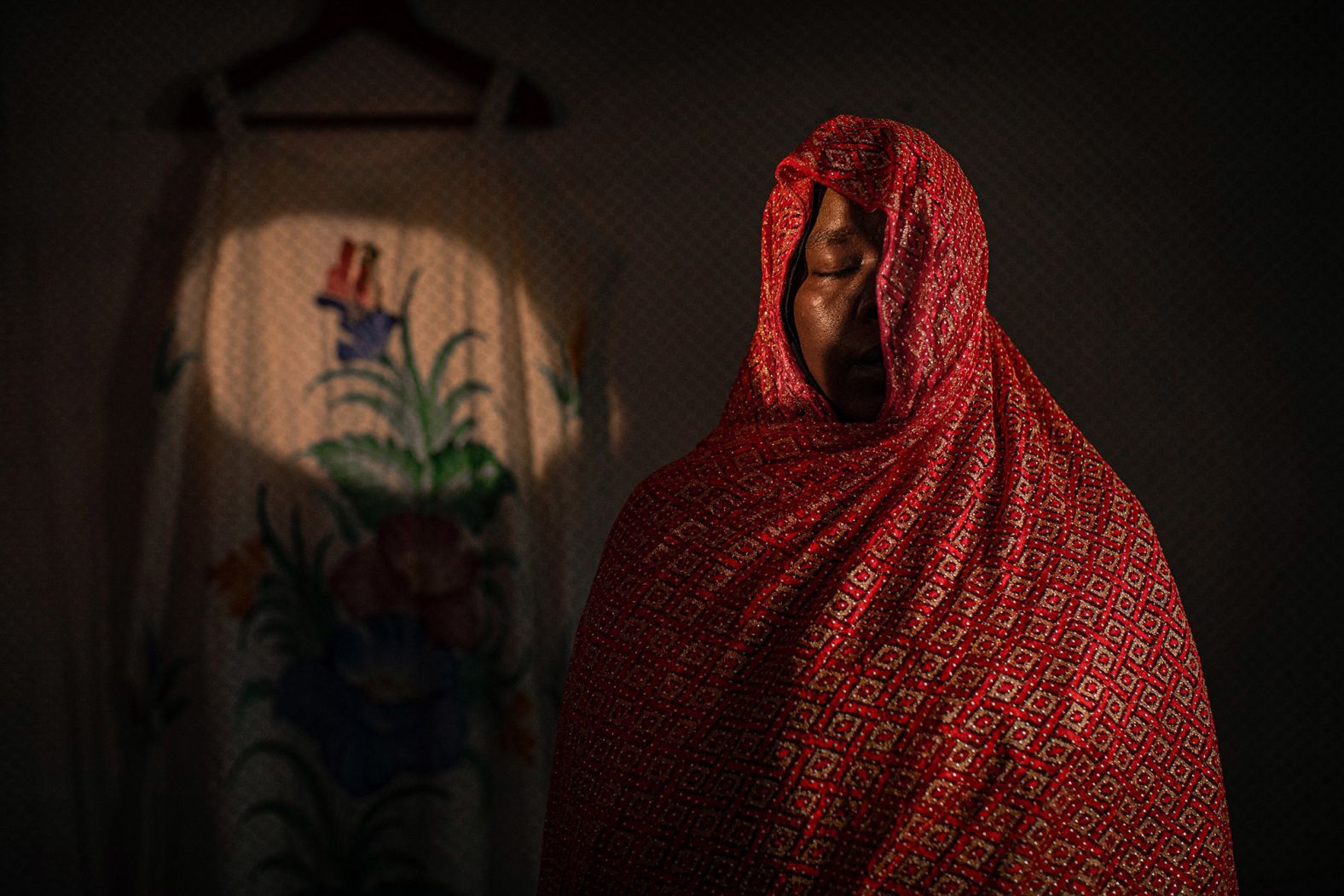
Khwater, 35, is from the north of Sudan. She sought refuge in Egypt to be with her sister. The Covid-19 pandemic was hard for her financially, mentally, and physically, but being with her sister made it much more manageable.?But then Khwater's sister died of cancer. After her sister's death, Khwater said: 'The world stopped for me. It was the most challenging time ever. I wish for everyone to exploit every moment with their siblings as separation is very hard.'
Khwater's story and her journey touches my heart. When I think of myself and what's happened to me during the pandemic, listening to the stories of women like Khwater has given me the power to continue to live and to tell stories.
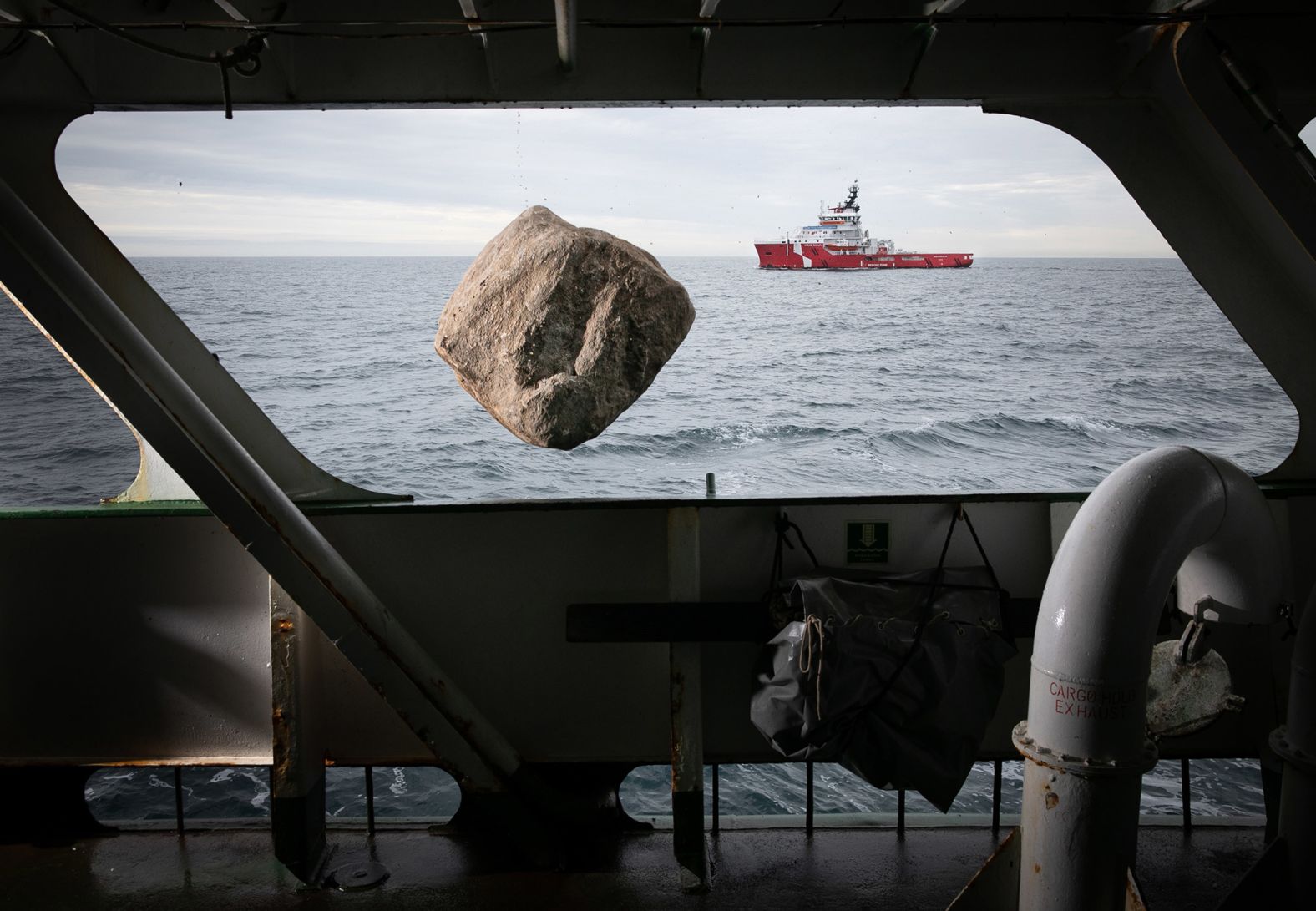
??
There's only a split second where the boulder appears to hover in the center of the frame, meanwhile the ship is constantly moving, so getting the patrol boat in the frame and the sun at the right angle was a challenge. Keeping the cameras dry was also an issue — I covered my lights with hotel shower caps to spare them from the enormous splash that the stones created.
??
Collaborating on a campaign that I really care about with an organization at the forefront of tackling environmental issues makes me feel very proud and motivated to capture eye-catching photographs that create awareness of how fragile our planet is and what needs to be done to protect it.
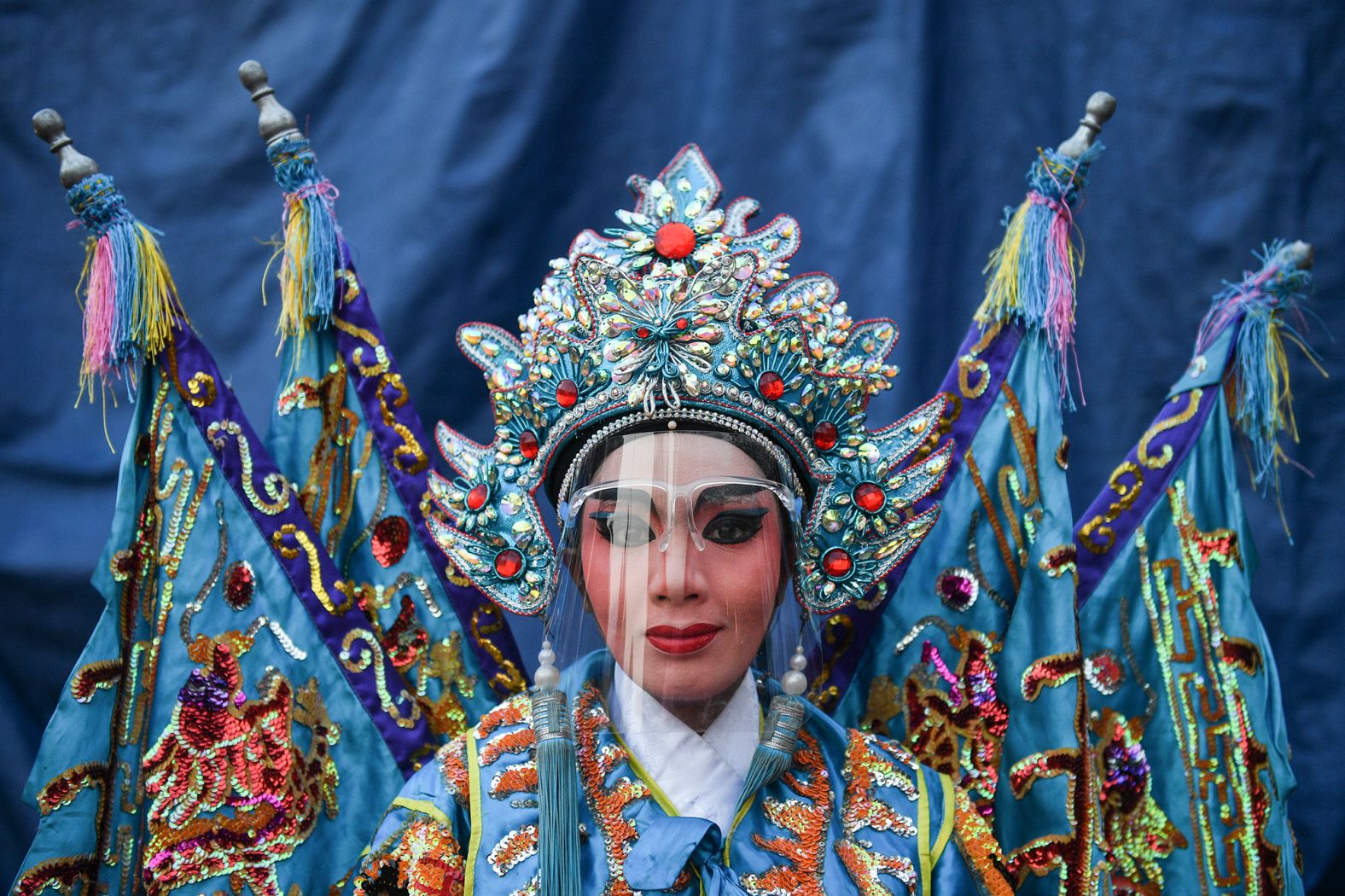
The opera has long been a colorful staple of Bangkok life. The ancient art form, combining literature and musical performance, is one of the oldest performance arts in the world, with roots going back to the Tang Dynasty.
The day I took the picture was the very first time the Thai government allowed public performances with social distancing and Covid-19 safety procedures. Everyone had to wear face shields and follow all the protocols but participated in order to survive the financial crisis, because there had been no work for them for about a year.
We cannot escape the endless war against the pandemic, our lives will never ever be the same. However, we're learning to live with it instead and go on in order to survive.?
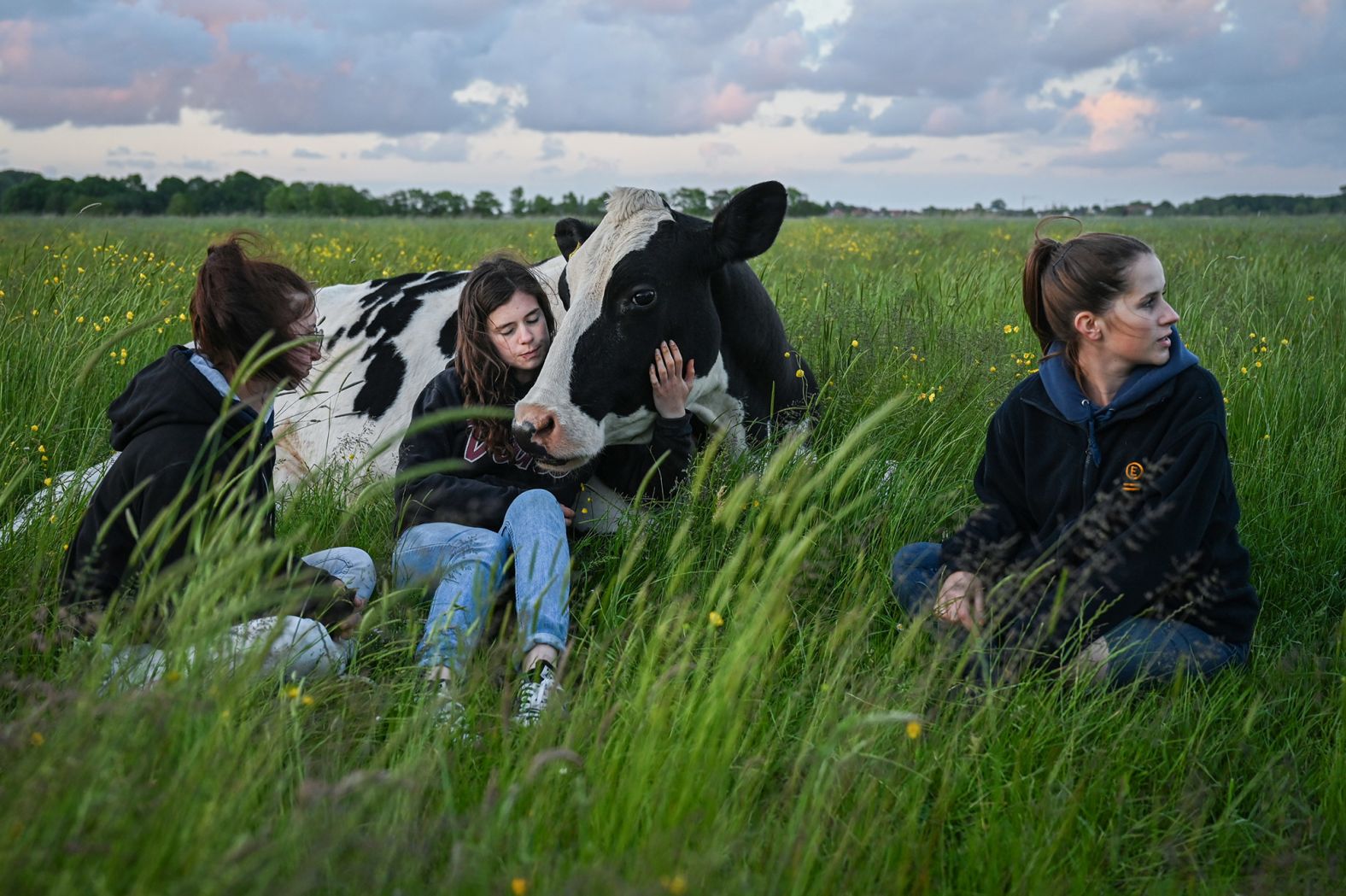
Conventional milk cows only live 5 or 6 years. When I met Ellie, she was 13 and had been at Hof Butenland for 6 years. The cow suffered from arthrosis and heart problems. Two days after I took this photo, Ellie died.
?
I was so impressed by the relationship between Ellie and Kristina. Their connection really touched me. The photograph is about questioning our high consumption of animal products in a time when there is no need for it anymore. ?I spent two days on a farm where animals are left in peace without the need to produce anything.
![<strong>Florence Goupil, based in Cusco, Peru:</strong> Concepcion, a Quechua woman from the southern Andes in Peru, testified that she was sterilized without her consent while she was sleeping, after giving birth to her third child at the age of 28. She is one of <a target="_blank" target="_blank">thousands of women who say they were victims of forced sterilizations</a> between 1996 and 2000 as part of a reproductive health programme run by the government of then-President, Alberto Fuijimori. [Fujimori has claimed all sterilizations were consensual.]<br /> <br />I received the news of this assignment with mixed feelings: solemn but also joyful at the possibility of dealing with this important topic from my point of view. I wanted to show the injustice Quechua women have been living with for more than 25 years, but also to represent them with dignity. To do so, I first took into account my own history, as all the women in my family are of Quechua descent.<br /> <br />Everywhere I have gone in Peru, I have encountered countless women who have been sterilized. This portrait of Concepcion represents, for me, the women who raised their voices in defense of their human rights and it's also a call to those who remain hidden.](https://media.cnn.com/api/v1/images/stellar/prod/211220143800-08-year-in-pictures-women-photograph-as-equals-restricted.jpg?q=w_1576,c_fill)
I received the news of this assignment with mixed feelings: solemn but also joyful at the possibility of dealing with this important topic from my point of view. I wanted to show the injustice Quechua women have been living with for more than 25 years, but also to represent them with dignity. To do so, I first took into account my own history, as all the women in my family are of Quechua descent.
Everywhere I have gone in Peru, I have encountered countless women who have been sterilized. This portrait of Concepcion represents, for me, the women who raised their voices in defense of their human rights and it's also a call to those who remain hidden.
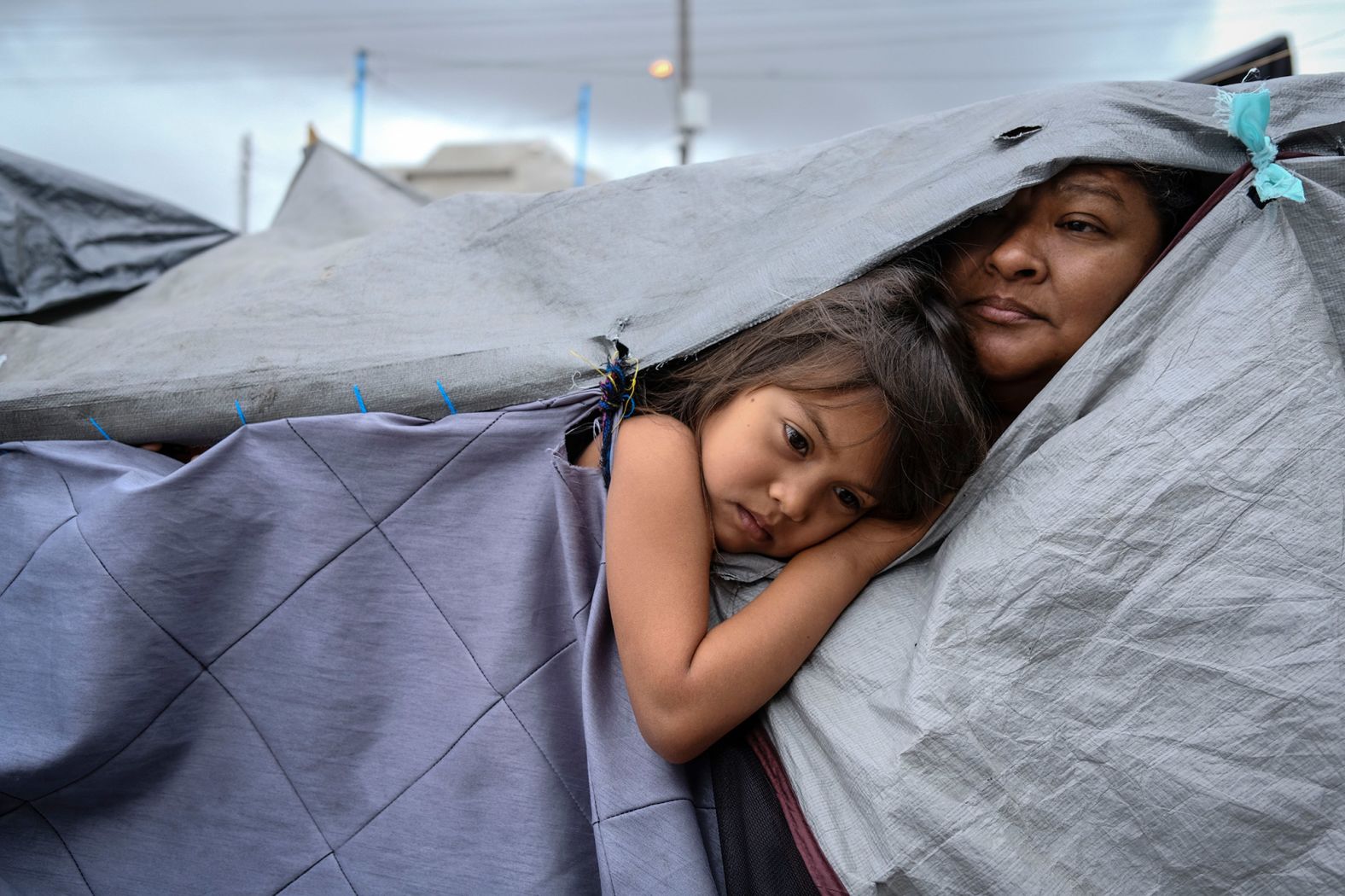
At the time I took the photo, the camp was open to the press and I was able to spend many hours walking around and talking to people, which gave me access to more intimate moments in their daily lives.
What stands out to me is the grace that is found in moments of pause and silence within greater contexts of conflict. I find that in all coverage where there might be explicit violence, uncertainty and insecurity, there is equally beauty and light that define us as a global community.
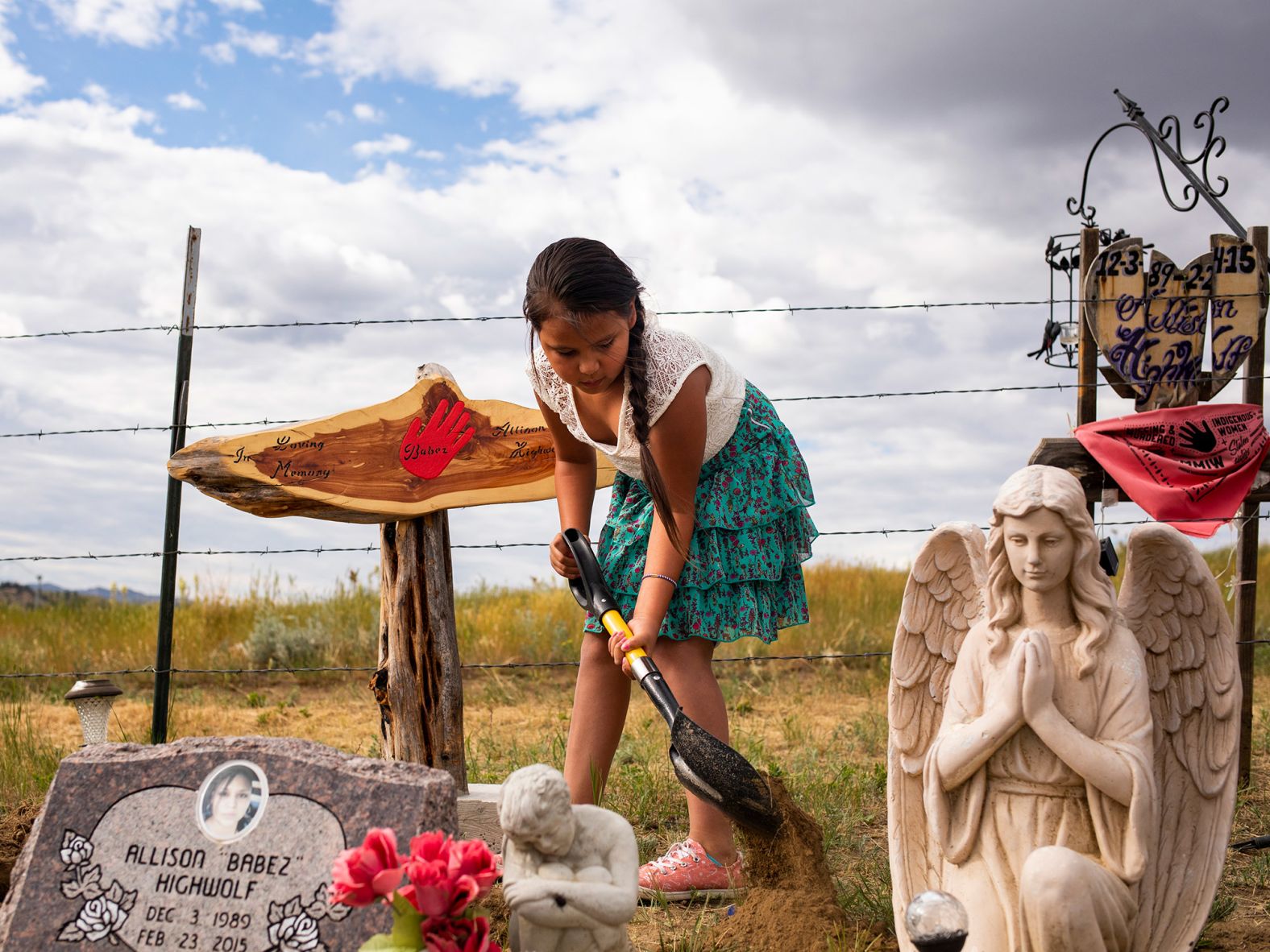
I met with the family and spent the day hearing about Allison and the case. That afternoon they planned to visit her grave to place a grave marker. I asked if I could attend and they graciously let me observe and photograph. I tried my best to keep a distance during their time at the grave to respect their privacy.
It's hard to visualize grief and loss but every time I look at this photo I am hit with the loss I feel for Aiyanna and her family. We hear a lot about the Missing and Murdered Indigenous Women crisis but we rarely see the aftermath, the path of destruction unsolved cases leave.
![<strong>Andrea Gjestvang, based in Berlin, Germany:</strong> Cecilie, 26, from Sarpsborg, Norway, sits for a portrait in her home. She attended the summer camp on the Norwegian island of Ut?ya 10 years ago, where 69 young people were killed [in a terror attack]. Cecilie had to have her arm amputated due to a gunshot wound. Today she is unable to work after the injuries she suffered on Ut?ya.<br /> <br />Cecilie is both very vulnerable and extremely strong and that tension is interesting to me. She lost her arm, but she celebrates her body by tattooing it. She is one of the bravest young women I have ever photographed.<br /> <br />I first met Cecilie in 2012 when I was doing a portrait project about the young survivors of the July 22 attack on Ut?ya. I had not seen her since then and it's wonderful to see how she has coped and who she has become. The world freezes in the photos we take and sometimes we forget that life goes on.](https://media.cnn.com/api/v1/images/stellar/prod/211220143822-11-year-in-pictures-women-photograph-as-equals-restricted.jpg?q=w_1576,c_fill)
Cecilie is both very vulnerable and extremely strong and that tension is interesting to me. She lost her arm, but she celebrates her body by tattooing it. She is one of the bravest young women I have ever photographed.
I first met Cecilie in 2012 when I was doing a portrait project about the young survivors of the July 22 attack on Ut?ya. I had not seen her since then and it's wonderful to see how she has coped and who she has become. The world freezes in the photos we take and sometimes we forget that life goes on.
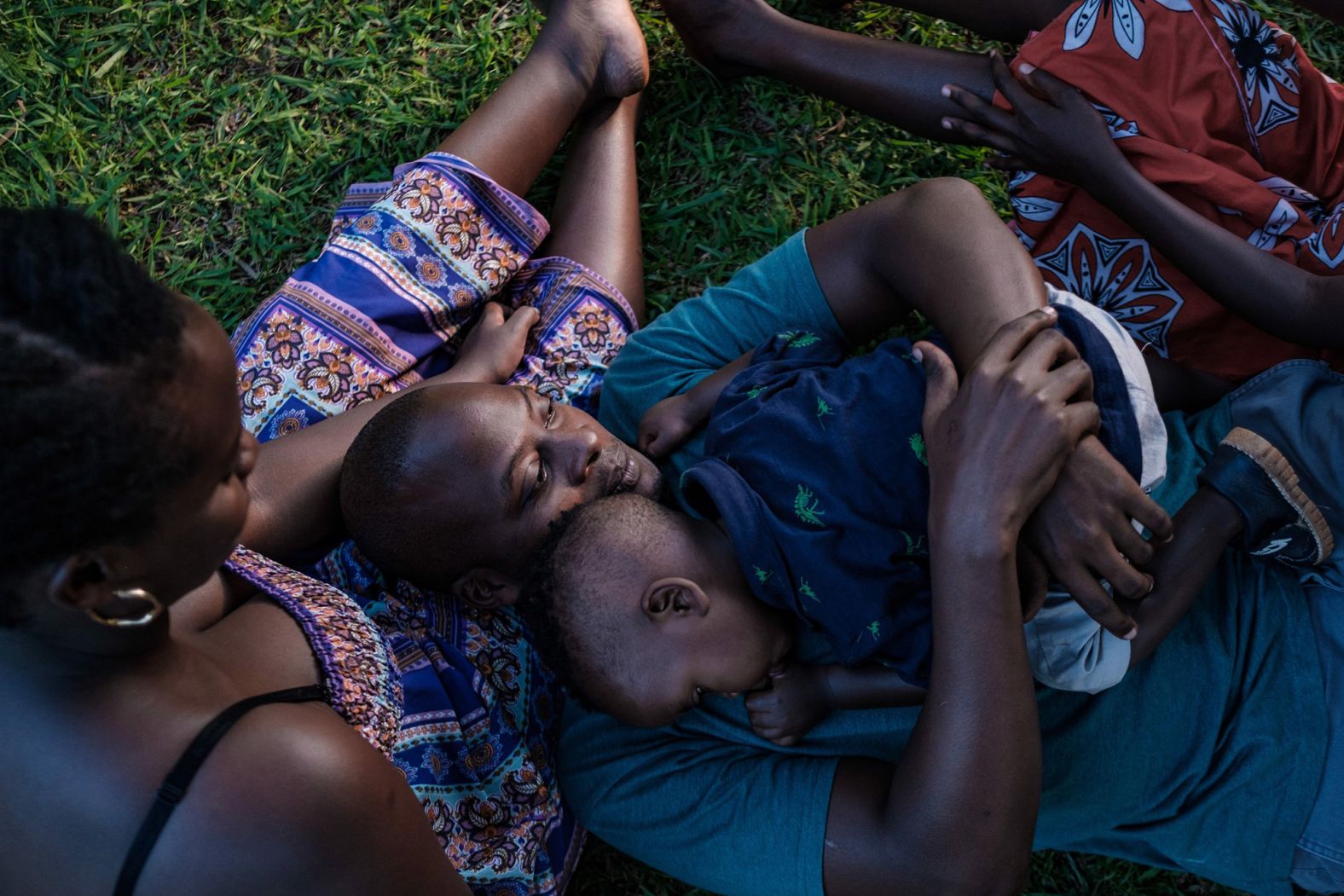
What stands out for me is the tenderness and the intimacy, but also the light was beautiful! Such a perfect moment, with perfect light.
I was able to capture a tender and comfortable moment. But the image also challenges the idea of family roles, particularly here at home where we're more used to seeing mums looking after children. This picture shows a different dynamic.
